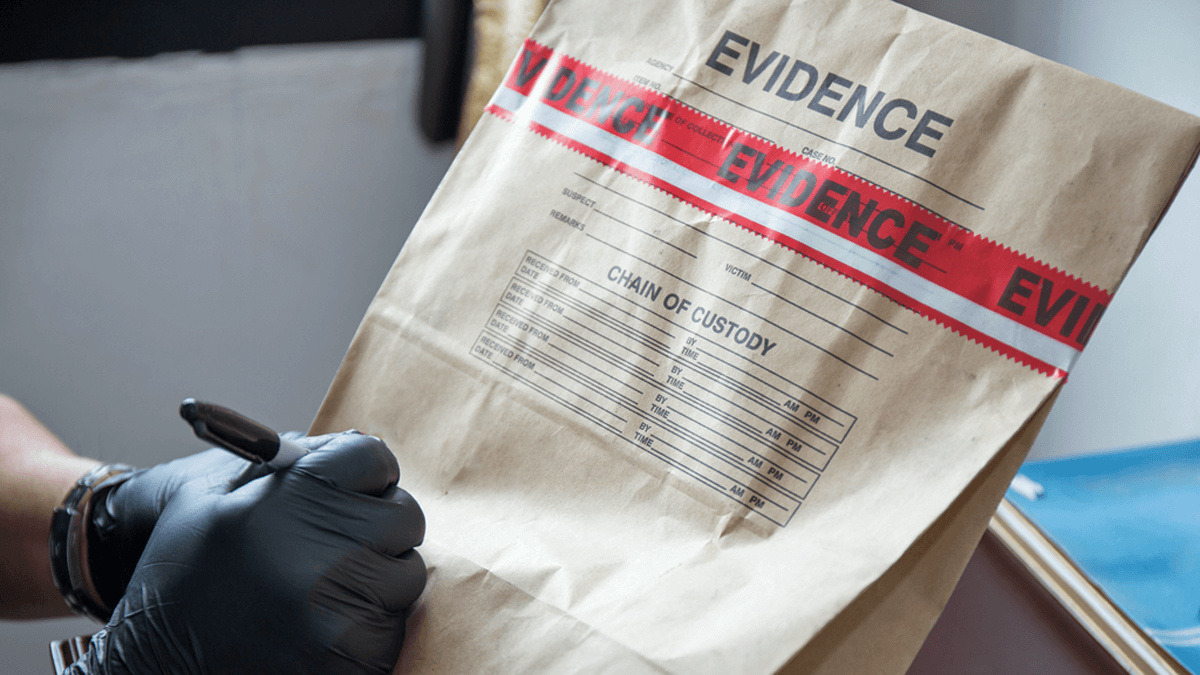When we train B2B professionals to interview their customers, we tell them to be the student and let the customer be the teacher. After all, customers know their world best and love to demonstrate their expertise… so practice humility. Afraid customers will think less of you if you don’t show how smart you are? Sorry, but I’ve got news: They aren’t thinking of you. They’re thinking of themselves and their ideas. So be a brilliant conversationalist. That’s someone who thinks what the other person says is fascinating.
More in article, Discovery Interview Blunders that Frustrate Your Customers.
I’m still looking for the business that failed—or even suffered—from understanding customers too well. Maybe I should stop looking for this rare “black swan” event? It’s certainly no challenge finding companies that don’t understand customer needs well. Sadly, many also don’t understand how badly their lack of customer insight is stunting their growth. Get this right and you may not be a black swan… but you’ll certainly stand out from the rest of the flock.
See video on B2B voice-of-customer at www.vocforb2b.com.
If you compare a 2-hour in-person voice-of-customer interview to a 2-hour web-conference interview, the former wins. You can interpret body language better, build stronger relationships, and perhaps get a customer tour. But what if it took you and your interview team 10 hours of (mostly non-productive) travel time for the interview? A better question might be, “When is each type of interview most appropriate?” (See interview examples in the video at www.VOCforB2B.com.)
For 7 factors to consider, download our white paper, Virtual VOC (page 8).
Did you buy home-owner insurance… even though it’s unlikely your house will burn down this year? How confident are you that you truly understand customer needs when you develop new products? Our research shows most companies do not. So why not have your teams trained in the latest B2B voice-of-customer insight methods? Think of it as insurance. Or better yet… as a strong preventative, like fire-proofing your house.
See video on B2B voice-of-customer at www.vocforb2b.com.
Keep working harder and smarter, but recognize you’ll move the needle less and less in a system of diminishing returns… like wringing out the last bit of productivity or quality. But when you focus on understanding customer needs better than competitors, your insights and new product innovations—and resulting revenue—will keep coming. Increasing returns. A wonderful system to work hard and smart at.
More in white paper, Catch the Innovation Wave.
Years ago, a study by APQC found the most successful teams invest 20+% of their total new-product work in the front-end… while most teams spend 10% or less here. Roughly speaking, a Market Case requires about 3 person-months of effort, while a full Business Case needs about 6 person-months. So if you “do the math” for 20% in the front-end, you should require a Market Case for projects needing 1 person-year of development, and a Business Case for those needing 2+ years.
More in article, Business Case Excellence: The 12 Key Components
Our research shows “strong value propositions” are the #1 driver of B2B organic growth: The ability to develop such value propositions separates the “winners” and “losers.” Here are the 3 growth drivers (out of 24) that show the greatest competency differences between these winners and losers: #1 Front-end Work (creating a compelling business case), #2 Market Concentration (disproportionately focusing resources on attractive market segments), and #3 Customer Interviews: (gaining the insights needed to establish your value proposition).
More in research report, What Drives B2B Organic Growth?
In our research, B2B professionals rated a strong value proposition as the #1 most important driver of profitable, sustainable organic growth. But what makes it strong? Certainly not the supplier’s opinion. A value proposition is only strong if it addresses outcome(s) important and unsatisfied to the customer. This is the part that most B2B new-product teams bungle. They guess, hope, or hypothesize which outcomes customers want. Big mistake. Without unbiased, unfiltered data, most teams are led astray by their confirmation bias.
More in video, Leader’s Guide to B2B Organic Growth series, Video Lesson #19
For years we’ve advised new product development teams to write a Business Case… to request moving their project into the development stage. But now we often suggest they use a simpler Market Case for their smaller projects. The Business Case has 12 sections while the Market Case has but 6. But the Market Case has the most important section… “Value Proposition”… in which solid evidence of customer needs is presented (usually in the form of Market Satisfaction Gaps).
Download Sample Market Case (after Step 3)
Do you want to think only about your next move, or think five moves ahead? Here’s a 5th order plan to maximize shareholder wealth: 1st Order: Develop superior customer insight capabilities. 2nd Order: Understand market needs better than competitors. 3rd Order: Develop high-value products focused only on these needs. 4th Order: Sustain superior growth from these products. 5th Order: Impress shareholders with your proven growth track.
More in article, Stop Stifling B2B Organic Growth with 2nd Order Effects
Exhibit A is an attractive market and Exhibit B is a documented need within this market. Most companies do OK with Exhibit A… identifying a market segment that is winnable and worth winning. But most are terrible at Exhibit B. This is being sure of which customer outcomes (desired end-results) companies will be rewarded for satisfying with a new product. Increasingly, companies are using Market Satisfaction Gaps to do this. (See 12 case stories)
More in white paper, Market Satisfaction Gaps
Here is our #1 recommendation for innovation success: Don’t start development stage work without quantitative evidence of customer needs. You can use Preference interviews followed by Market Satisfaction Gaps… or some other unfiltered, unbiased evidence. Two tips: 1) Don’t do this for very small projects, just those requiring 1+ person-year of development. 2) Don’t do this for technology development. Just product development, where you’ve targeted a specific market segment.
More in article, Market Satisfaction Gaps… your key to B2B organic growth
In B2B-optimize quantitative interviews you ask customers to rate importance and current satisfaction for key customer outcomes. Without these convergent interviews, you’re essentially “guessing” what customers want. You simply cannot trust qualitative insight alone, as we all tend to “hear what we want to hear.” This is called confirmation bias… and the only antidote is to ask customers to think in a structured manner, giving you quantitative data in an unfiltered fashion.
More in Preference Interview Research Report
Without well-executed, qualitative, divergent interviews, you can expect errors of omission… failing to uncover unarticulated customer needs. Are teams criticized for these errors? No, because no one realizes something was omitted at the time of the error. A second problem is the failure to engage customers. You miss the chance to impress them as a supplier that wants to better understand and meet their needs.
More in article, The Front End of Innovation: How much is “too much”?













